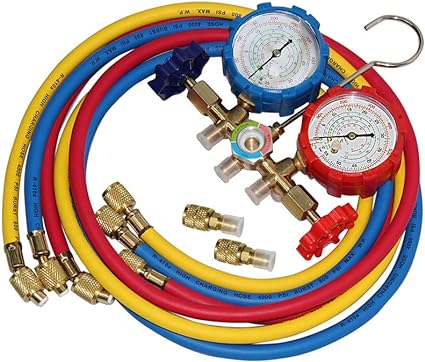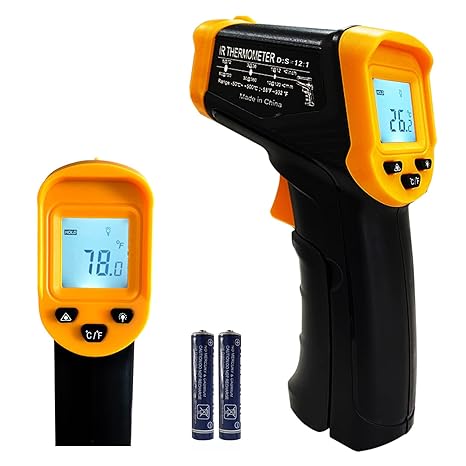**NOTE** In the U.S.A., you must have an EPA REFRIGERANT USAGE CERTIFICATION to purchase refrigerant and repair systems containing ozone depleting refrigerants (CFC or HCFC).
**NOTE** ONLY YOU CAN ASSESS YOUR ABILITY TO PERFORM THIS TASK. THIS IS A GUIDE AND CANNOT PROVIDE ALL OF THE DETAILS FOR EVERY SITUATION.
Types Of Refrigerant
There are several types of refrigerants and they are classified by chemical makeup and their ozone depleting potential. Older units will probably contain R-22 which is classified as a CFC which is considered an ozone depleting chemical. R-22 is scheduled to be phased out of use in new units but will be available for repairs for many years. Newer units may contain R-410a which is classified as an HFC which is not considered to be an ozone depleting chemical. Other refrigerants are available but those two are the most common. Some substitutes are available to replace R-22 in existing units but that is normally a job for a professional.
Before checking the charge
Prior to air conditioner charging, it is very important that the routine maintenance has been performed on the system. The air filter, blower wheel, evaporator coil, and condenser coil must be clean. If any of the above are dirty, it can cause symptoms similar to a unit that is low on refrigerant. If refrigerant is added under these conditions, the unit may be damaged. Air conditioner charging should not be performed when outdoor temperatures are below 55F.
Air Conditioner Charging, Tools Required

Some tools are required in the process of air conditioner charging. A set of gauges is attached to the system to measure operating pressures. They consist of a manifold with a high and low pressure gauge as well as hoses to connect to the system's ports. The gauge sets are manufactured for specific refrigerants therefore you must ensure that you have the proper set for the refrigerant in your system. They contain a scale with pressure and temperature values on it. The temperature at a given pressure mark is referred to as the saturation temperature.
You will also need a device to measure temperatures on the pipes that contain refrigerant as well as a thermometer to measure air temperatures. To measure the temperatures on the pipes you can use a thermocouple based meter or an infrared thermometer.
